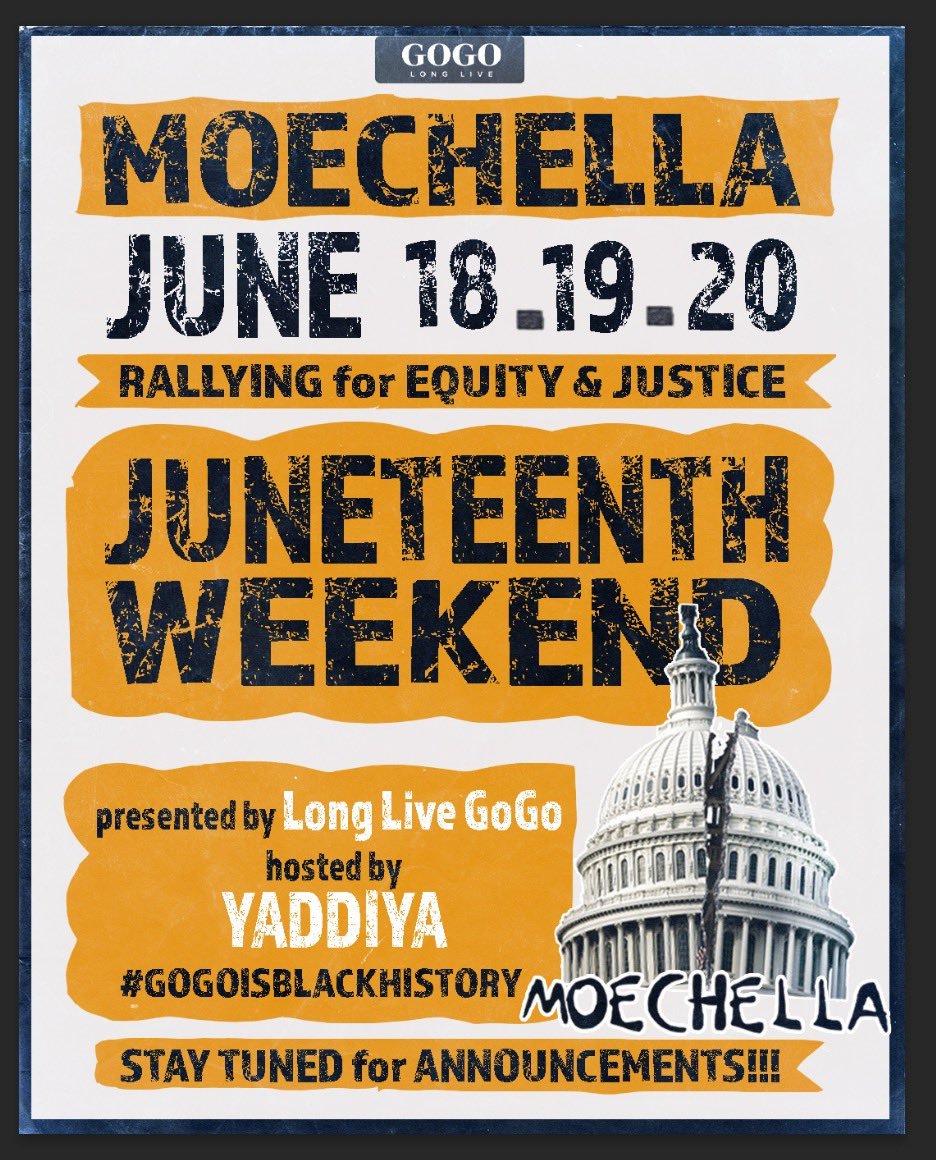More Than Music: Go-Go As A Mobilization Tool
As a native Washingtonian, Beth Sewell, an Independence and Learning Support teacher at Calvin Coolidge Senior High School (DCPS), has been surrounded by go-go music her entire life. She describes go-go as having “always been in the background,” as she would regularly seek out places to hear and enjoy it. During the pandemic, Sewell experienced a renewed appreciation for go-go. She realized go-go was now her comfort music; in a time of deep uncertainty, go-go provided stress relief and memories of more positive times. Sewell decided to channel her passion for go-go and bring it into the classroom during the 2020-2021 school year through partnership with Teach the Beat.
Sewell’s students did not know much about the musical style at first, so she co-created a series of introductory lessons with legendary go-go musician and percussionist William “Ju Ju” House of the band Experience Unlimited (EU). Over the course of three days, this series provided background on topics such as the pocket beat vs. the bounce beat, go-go’s most commonly used instruments, and popular go-go songs and videos. At the end of each day, students had various homework assignments designed to build their familiarity with go-go. These assignments included additional research on go-go songs and bands, such as “The Word” by Junkyard Band and “Bustin’ Loose” by Chuck Brown. By the conclusion of these introductory lessons, students could distinguish among go-go bands, songs, beats, and instruments.
Now that students knew much more about go-go music, particularly its components, Sewell created a series of lessons focused on go-go as an organizing tool. Sewell wanted students to realize that go-go is “more than music.” Go-go has been used “to organize and mobilize folks while bringing healing and joy.” To illustrate this point, Sewell highlighted two notable DC protests — #DontMuteDC/ Moechella and the protests in the wake of George Floyd’s murder — and the centrality of go-go music to each. Students first learned about each of these protests and their contributing events. Then, students analyzed articles, memes, pictures, and videos to analyze how go-go had been utilized in these particular instances to make a positive impact. Download Sewell’s unique lesson plan focusing on go-go as an instrument of change.
Ultimately, Sewell’s students learned about not only the foundational musical elements of go-go, but also the enduring history of go-go as a tool of resistance. For Sewell, she fondly remembers these learning experiences as “the highlight of last school year,” reminding all that go-go is much more than simply music. For resources to teach go-go, including lessons and classroom visits, check out the website Teach the Beat.
Kimberly Ellis is an Education Anew Fellow with Teaching for Change and Communities for Just Schools Fund. Read more of her stories.

